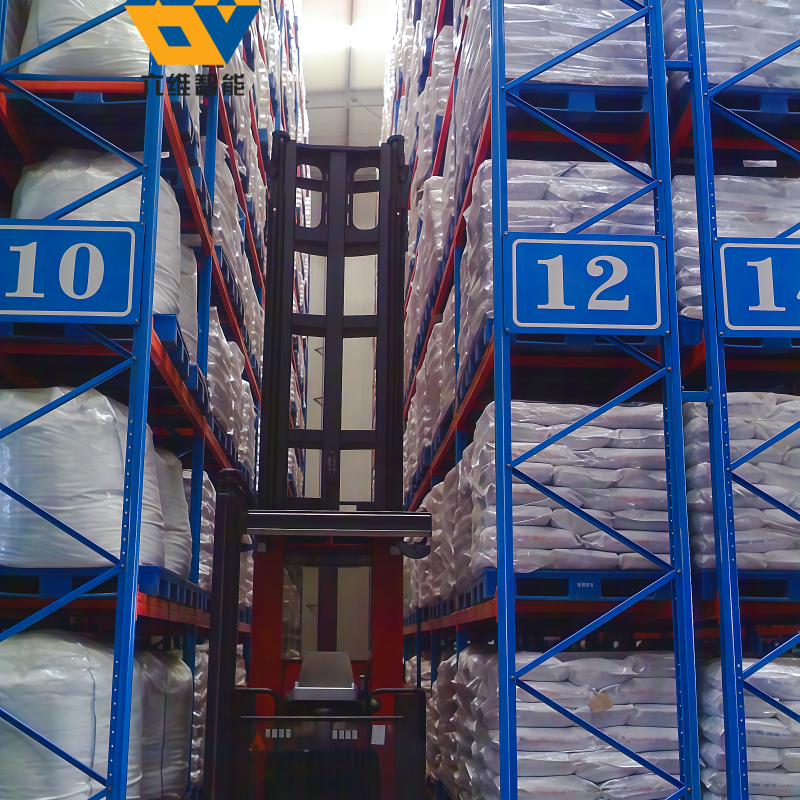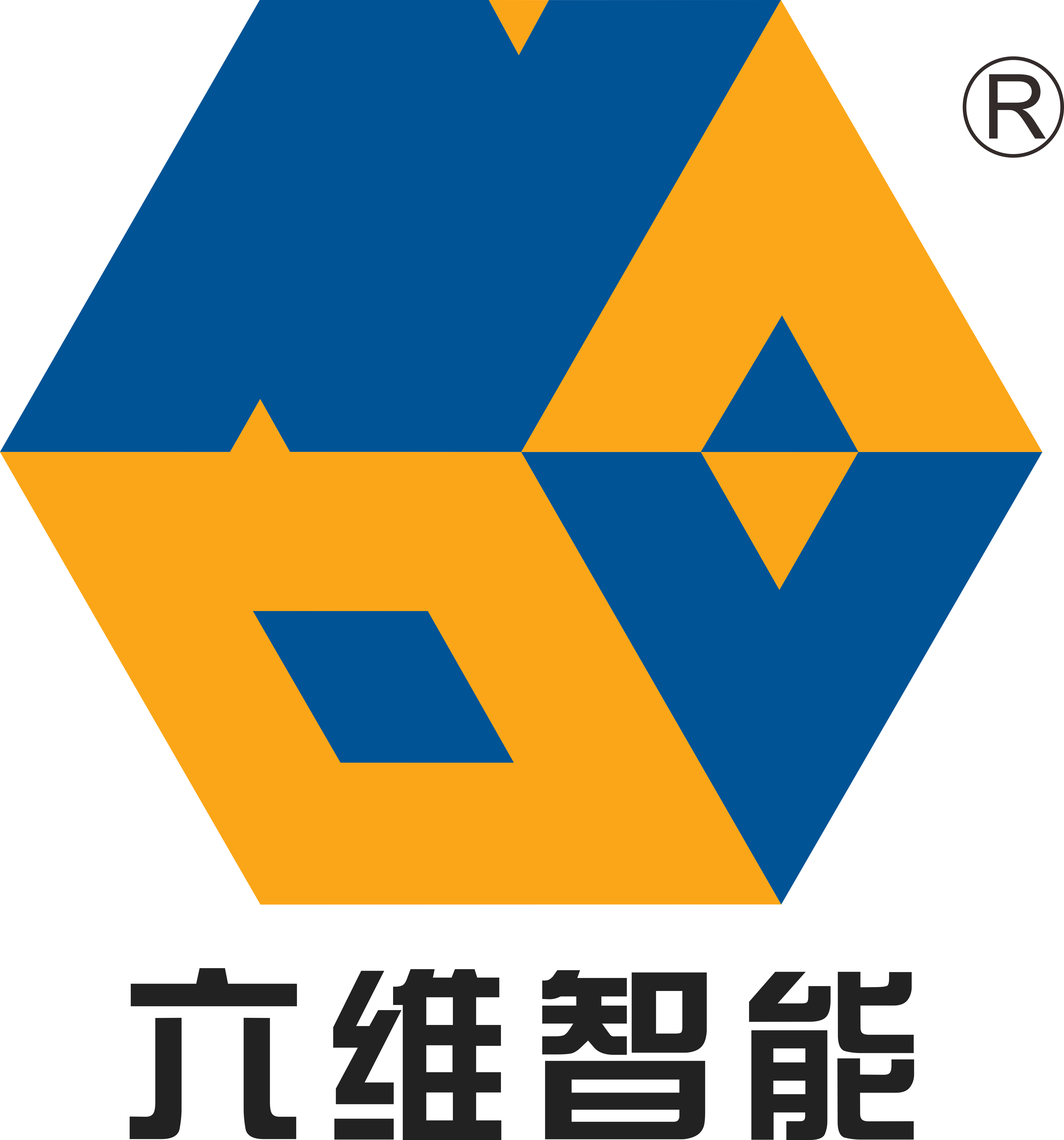Understanding Modern Industrial Storage Solutions
The backbone of any efficient warehouse or industrial facility lies in its storage infrastructure. Industrial rack types serve as the fundamental building blocks that determine how effectively space is utilized, how safely materials are stored, and how smoothly operations flow. From manufacturing plants to distribution centers, choosing the right racking system can make the difference between operational excellence and logistical challenges.
Modern industrial storage has evolved far beyond simple shelving units. Today's racking solutions incorporate advanced engineering, safety features, and innovative designs that cater to specific industry needs. Understanding these various systems is crucial for facility managers and business owners who aim to optimize their storage capabilities while maintaining cost-effectiveness.
Selective Pallet Racking Systems
Single-Deep Selective Racking
The most widely used of all industrial rack types, single-deep selective racking offers direct access to every pallet position. This system provides excellent inventory control and is particularly suitable for operations handling numerous SKUs with relatively small quantities of each item. The design allows for both FIFO (First-In-First-Out) and LIFO (Last-In-First-Out) inventory management methods, making it highly versatile.
These racks typically feature uprights, beams, and wire decking or pallet supports. Their straightforward design makes them cost-effective to install and maintain, while their flexibility allows for easy reconfiguration as storage needs change. The system's popularity stems from its simplicity and universal application across various industries.
Double-Deep Selective Racking
An evolution of the single-deep system, double-deep selective racking maximizes storage density by allowing pallets to be stored two positions deep. This configuration can increase storage capacity by up to 40% compared to single-deep systems, though it requires specialized handling equipment to access the rear pallets.
While this system sacrifices some accessibility, it proves highly effective for operations storing large quantities of similar items or those with slower-moving inventory. The trade-off between density and selectivity makes it particularly suitable for cold storage facilities where space costs are premium.

Drive-In and Drive-Through Racking
Drive-In Racking Configurations
Drive-in racking systems represent high-density storage solutions where forklifts enter the rack structure to place and retrieve pallets. These industrial rack types excel in environments where space utilization is paramount and product selectivity is less critical. The system operates on a LIFO basis, making it ideal for bulk storage of homogeneous products.
The design features continuous rails that support pallets, eliminating the need for cross beams at each level. This configuration allows for maximum space utilization, though it requires skilled forklift operators and regular maintenance to prevent damage to the structure.
Drive-Through Applications
Drive-through racking takes the concept further by allowing access from both ends of the rack. This design enables FIFO inventory management, making it suitable for perishable goods storage and operations where stock rotation is essential. The system provides excellent space utilization while maintaining better product flow than drive-in configurations.
These racks are particularly valuable in food and beverage industries where product freshness is crucial. The ability to load from one end and unload from the other ensures proper rotation and reduces the risk of product expiration.
Advanced Automated Storage Solutions
Mobile Racking Systems
Mobile racking represents the cutting edge of industrial rack types, combining high-density storage with full selectivity. These systems mount conventional racking onto mobile bases that move along floor-mounted rails, eliminating the need for multiple access aisles. When access is needed, the system creates an aisle by moving the racks apart.
This solution can increase storage capacity by up to 100% compared to traditional selective racking. While the initial investment is higher, the space savings and improved efficiency often justify the cost, particularly in cold storage applications where space is extremely valuable.
Automated Storage and Retrieval Systems
AS/RS represents the pinnacle of automated storage solutions, combining sophisticated racking with computer-controlled handling equipment. These systems can operate in very narrow aisles and reach extreme heights, maximizing cubic space utilization while minimizing labor requirements.
While requiring significant initial investment, AS/RS offers unprecedented accuracy, speed, and efficiency in inventory management. These systems are particularly valuable in high-throughput operations where rapid order fulfillment is crucial.
Specialized Industry Solutions
Cantilever Racking
Designed specifically for long or irregularly shaped items, cantilever racking features arms extending from a central column. This design is ideal for storing lumber, pipes, furniture, and similar materials that don't fit conventional pallet racking. The absence of front columns allows for unrestricted access and easy loading.
Modern cantilever systems often incorporate adjustable arms and various load capacities to accommodate different product dimensions and weights. This flexibility makes them invaluable in manufacturing and distribution environments handling diverse long-goods inventory.
Push-Back Racking
Push-back racking offers a dynamic storage solution where pallets are stored on wheeled carts that move along inclined rails. When a pallet is retrieved, gravity causes the remaining pallets to roll forward to the picking face. This system provides excellent storage density while maintaining good selectivity.
Typically configured up to six pallets deep, push-back racks are ideal for operations storing multiple SKUs in large quantities. The system's natural LIFO operation makes it perfect for non-perishable goods and seasonal inventory storage.
Essential Safety and Maintenance Considerations
Structural Integrity Standards
Regular inspection and maintenance of industrial rack types is crucial for workplace safety and operational efficiency. All racking systems must comply with local building codes and safety regulations, including specific load capacity ratings and seismic requirements where applicable.
Professional installation and periodic audits by qualified inspectors help ensure system integrity and identify potential issues before they become safety hazards. This proactive approach to maintenance extends equipment life and protects both personnel and inventory.
Load Management Protocols
Proper load management is essential for safe and efficient rack operation. This includes understanding and adhering to weight limits, proper pallet placement, and maintaining adequate clearances. Clear documentation of load capacities and handling procedures should be readily available to all operators.
Training programs for material handling equipment operators should emphasize proper loading techniques and damage prevention. Regular assessment of rack condition and immediate repair of any damage helps maintain system reliability and safety.
Frequently Asked Questions
How do I choose the right industrial rack type for my facility?
Consider factors such as available space, inventory characteristics, turnover rate, handling equipment, and budget. Evaluate your storage needs, including pallet sizes, weight requirements, and access frequency. Consult with storage solution experts who can assess your specific requirements and recommend appropriate systems.
What are the main maintenance requirements for industrial racking systems?
Regular maintenance includes visual inspections for damage, checking alignment and plumbness, verifying proper assembly, and ensuring all safety components are intact. Professional inspections should be conducted annually, with more frequent checks in high-traffic areas or harsh environments.
How can I maximize storage density while maintaining accessibility?
Consider implementing a combination of different industrial rack types to balance density and accessibility. High-density systems like drive-in or push-back racks can be used for bulk storage, while selective racking provides easy access for fast-moving items. Mobile racking systems offer an excellent compromise between density and selectivity.
What safety features should I look for in industrial racking?
Essential safety features include proper load capacity ratings, column protectors, end-of-aisle guards, wire decking or safety bars, and clear height indicators. The system should also include adequate clearances for material handling equipment and emergency access. Regular training and clear safety protocols are crucial components of any racking system implementation.
